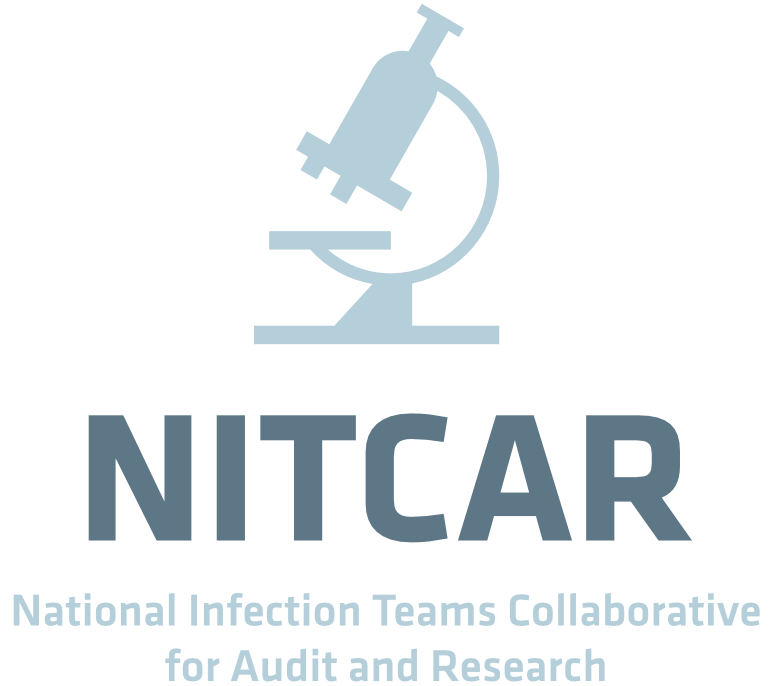SinkBug
Antimicrobial resistance gene and pathogen burden in sinks in UK hospitals and associations with healthcare-associated infections, sink design and sink usage: a multi-centre prospective sampling study (The “SinkBug” Project)
Project status:
Last updated July 2023.
*Currently closed to further site participation – all samples have been collected and data analysis is ongoing*
Please see below for links to our project protocol. No ethics is required, as this project requires environmental sampling only and any information on infections that is collected will be anonymous and aggregated at the ward/hospital-level.
What?
A UK-wide survey of sink drains in UK hospitals, using genomics to evaluate the taxonomic and antimicrobial resistance (AMR) gene distributions in these settings, and investigating associations with:
- Infection-associated data derived from national surveillance datasets, and from local, aggregate ward-level data where this is available
- Sink design, water characteristics and infection prevention and control interventions, including cleaning protocols at each site.
Why?
Healthcare-associated infections, especially those caused by antimicrobial-resistant Gram-negative bacilli (e.g. Enterobacterales, Pseudomonas aeruginosa) represent a major cause of morbidity and mortality in the UK and other settings. Marked regional difference in the prevalence of these infections and in antimicrobial resistance occurs.
Hospital sink drains, p-traps and other wastewater sites may represent a sentinel site for the dissemination of AMR mechanisms and “high-risk” bacterial species in hospitals in the absence of dedicated screening programs. Several single-centre studies have shown associations between drain-level and patient-associated AMR/pathogen burden, but typically these have been evaluating only a few gene mechanisms or species.
Sinks and drain sites in healthcare settings are also potentially significant contributors to healthcare-associated infections, as has been evidenced by a number of observational and interventional studies, where sink/drain-related interventions such as decontamination or removal have resulted in a lower incidence of Gram-negative infections and/or terminations of clonal outbreaks.
Information on whether pathogen and AMR burden in sinks is associated with infection burden in patients could inform surveillance strategies. The impact of sink design features and sink usage on the development of pathogen burden and AMR in these niches could be useful in designing interventions (e.g. modified sink design, specific cleaning protocols) to prevent pathogen dissemination and AMR gene selection.
Who?
Any infection doctor, infection prevention and control team member, junior doctor or medical student with an interest in infection specialties. Investigators who have made a significant contribution to sampling/data collection at each centre will be eligible for authorship on the manuscript written by the project leads at the end of the audit. All participants will also be encouraged to network within this collaborative; there may be training opportunities to undertake online analysis of genomics data generated for each site.
When?
Sites were invited to express interest from April 2022.
For any questions, please email nicole.stoesser@ndm.ox.ac.uk
Project Documents
The Protocol is available here.
Principal investigators
Dr Nicole Stoesser (lead)
Consultant in Infection/NIHR Oxford BRC Senior Research Fellow, Oxford University Hospitals NHS Foundation Trust/University of Oxford
Prof Sarah Walker
Professor in Epidemiology/Biostatistics, University of Oxford
Dr Matthew Ellington
Principal Clinical Scientist, UK Health Security Agency (UKHSA)
Dr Ginny Moore
Senior scientist, UK Health Security Agency (UKHSA)
Dr Paz Aranega Bou
Postdoctoral research scientist, UK Health Security Agency (UKHSA)
Dr Gillian Rodger
Senior research scientist, University of Oxford
Mr Kevin Chau
Senior research scientist, University of Oxford

